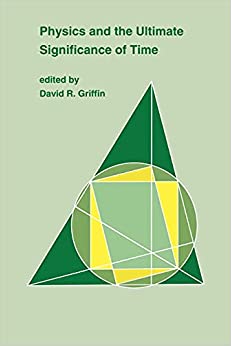Answered step by step
Verified Expert Solution
Question
1 Approved Answer
A fluence of thermal neutrons is 6.5 X 10 12 n/cm2 in a layer of muscle-equivalent tissue 0.1 g/cm 2 thick. What is the absorbed
A fluence of thermal neutrons is 6.5 X 1012 n/cm2 in a layer of muscle-equivalent tissue 0.1 g/cm2thick. What is the absorbed dose at the middle of the layer?
Answer: 1.8 Gy

Step by Step Solution
There are 3 Steps involved in it
Step: 1

Get Instant Access to Expert-Tailored Solutions
See step-by-step solutions with expert insights and AI powered tools for academic success
Step: 2

Step: 3

Ace Your Homework with AI
Get the answers you need in no time with our AI-driven, step-by-step assistance
Get Started


